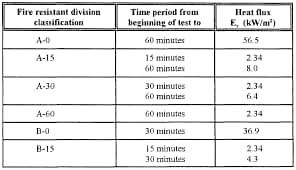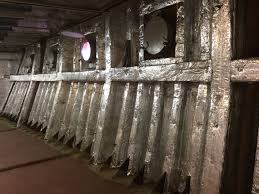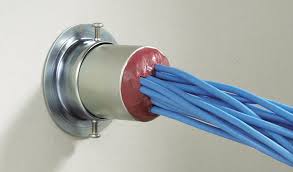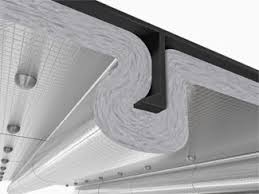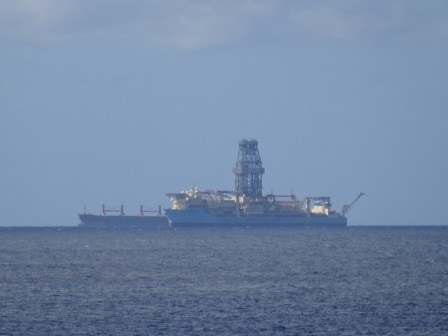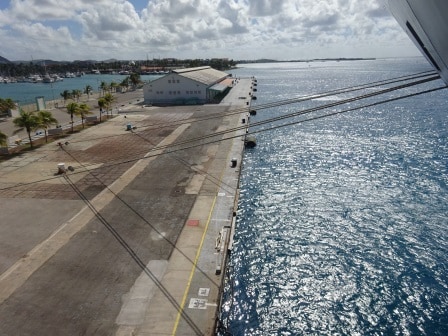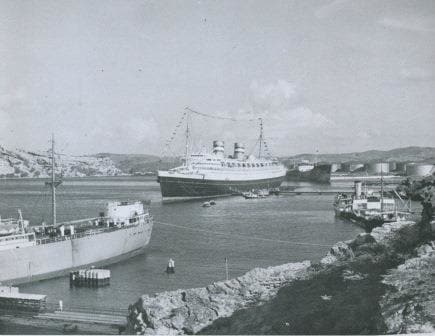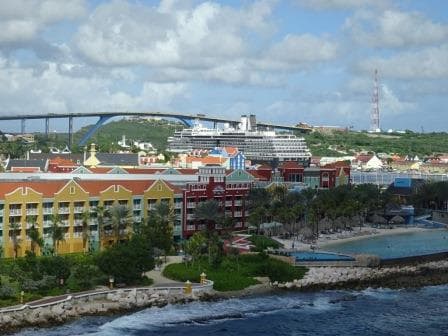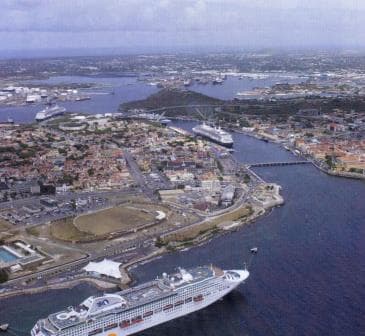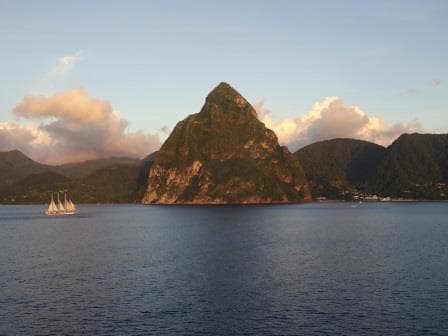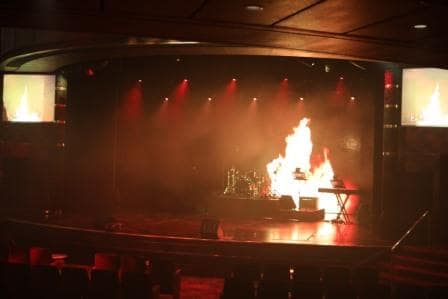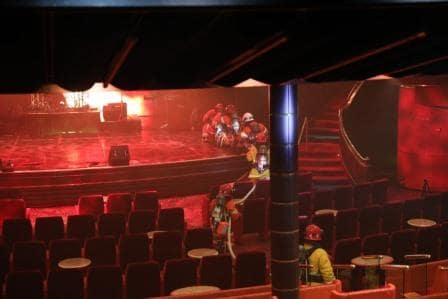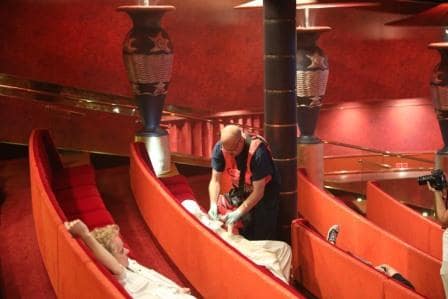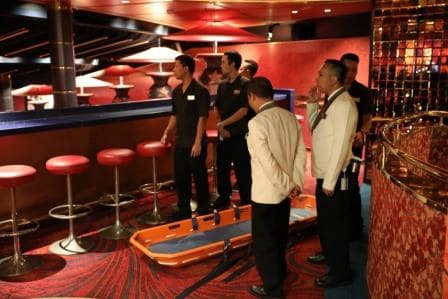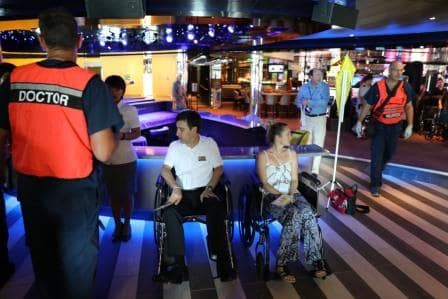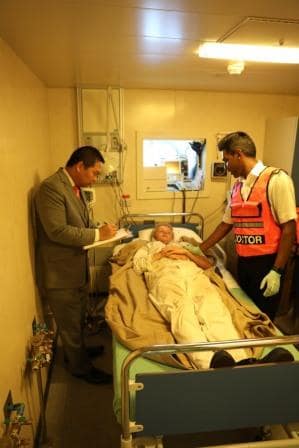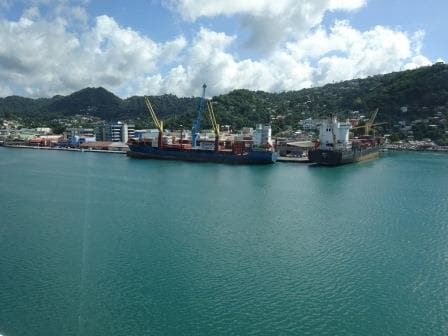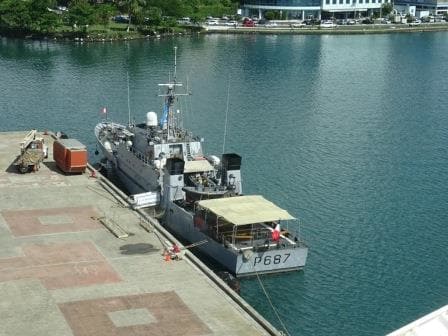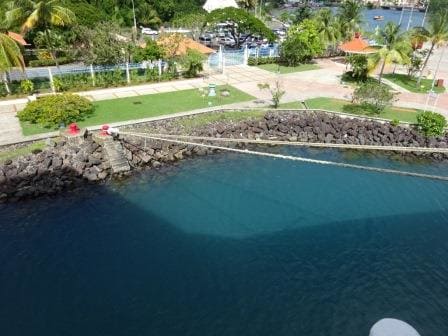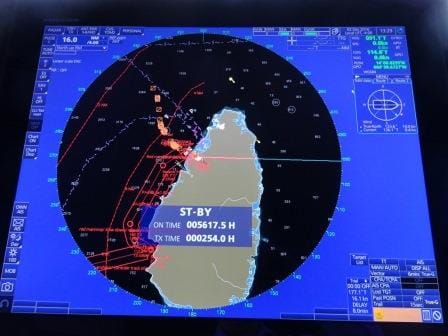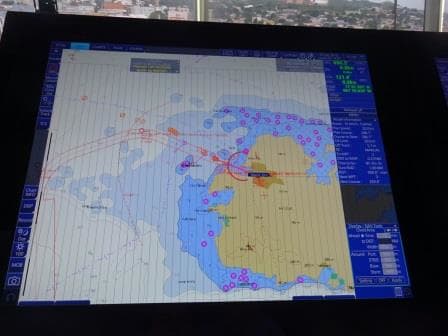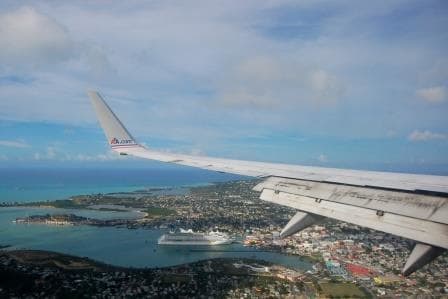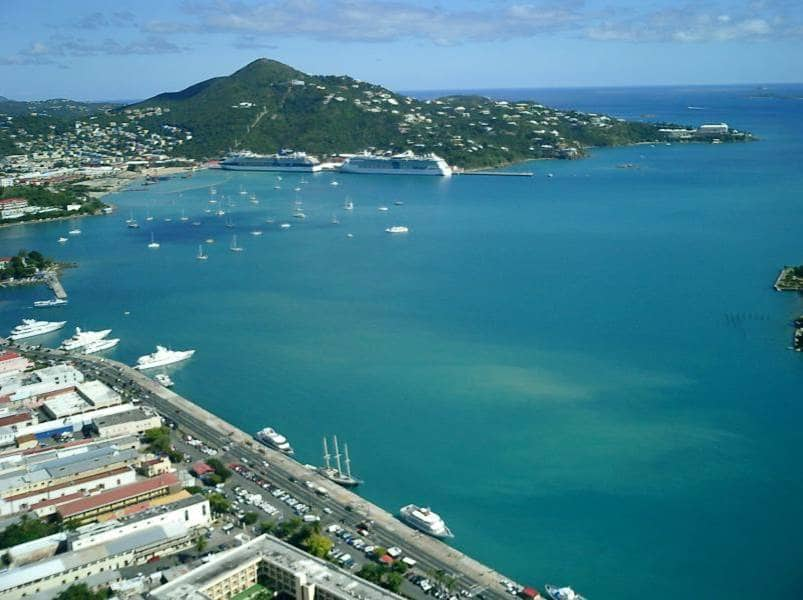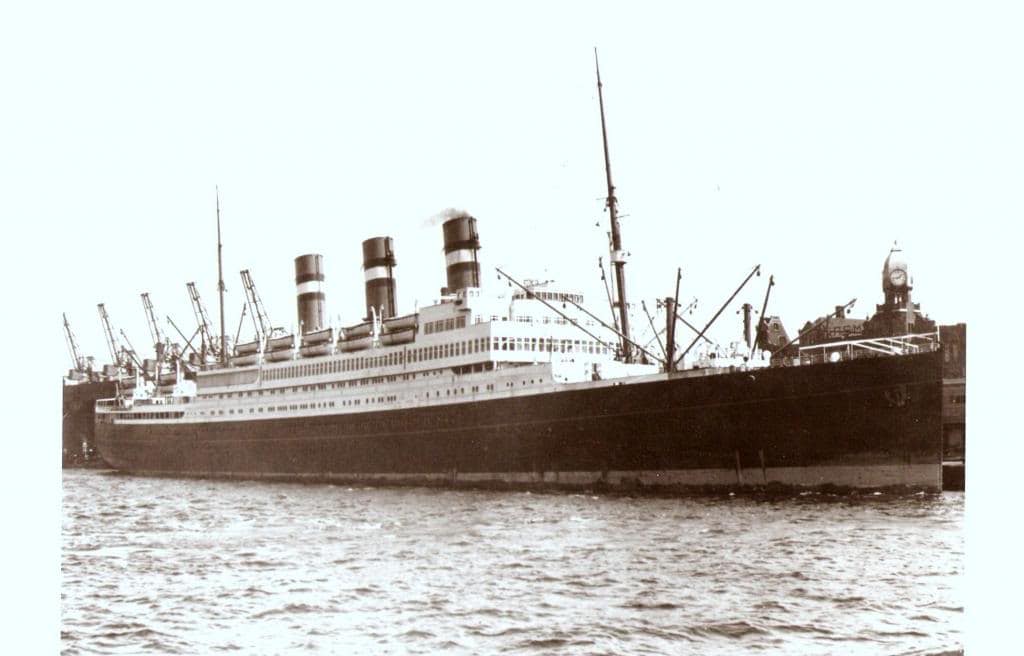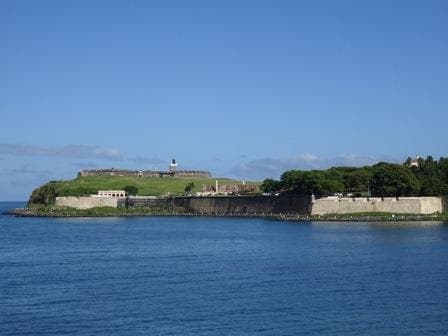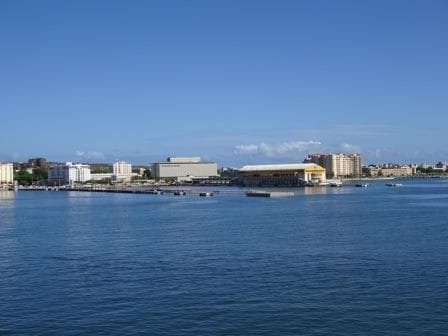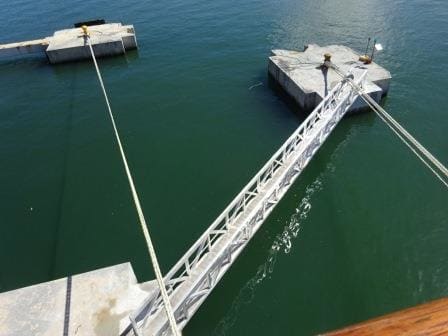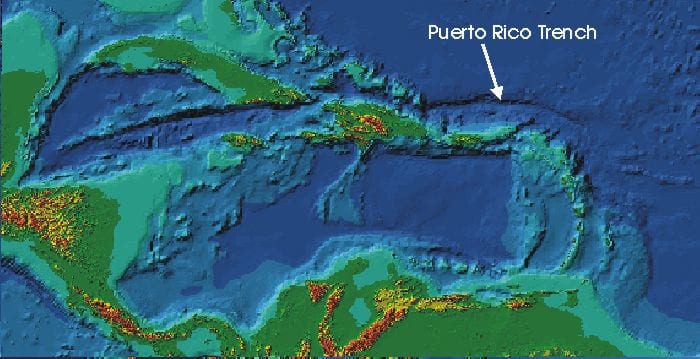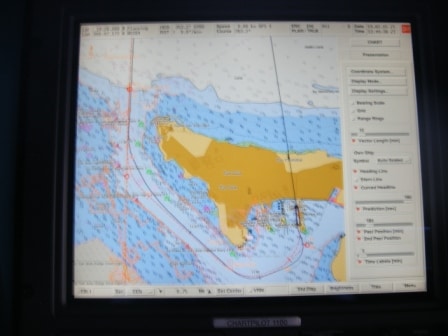After our heatwave call of 14 days ago it was a bit of a shock this morning to stick your nose outside. On arrival the temperature barely touched the 50oF or 11oC. which is not weather our guests expect at the end of their cruise. Tampa can be very cold at times if there is a northerly prairie wind blowing and I remember from the mists of time that we came in with the old Nieuw Amsterdam once when it was freezing. Not much but enough for the longshoremen to have 2nd thoughts about work and for the oranges harvest to be touch and go.
My day was only partly filled with work as I had to move cabin and visit my friends of the CPB again to help them achieve the zero count. This time the routine was re-established by marching all 330+ in transit guests & me off together, quickly inspected by the Officers and then being marched back on board again. Very smooth and very fast.
For my accommodation on board, I am a sort of nomad. The company ensures that there is a place for me but what that is varies from cruise to cruise. I can always stay in an empty officer cabin but the policy is to organize a guest cabin so the officer’s cabins remain available in case an officer is scheduled to be on board as an extra. And thus I have the interesting experience of moving through every permutation of cabins which the ships can offer.
So most home ports I have to change cabins as a cabin which is empty one week will be occupied the other week. Also there is the phenomenon of guests buying an upgrade or having to change cabins if they are doing a back to back course. They change and I change with them. Since coming on board the ms Oosterdam I have been on Deck 4 all the way forward, then I was bumped up to deck 8 with a balcony and today I descended again from those lofty heights to an inside cabin on deck 1. I do not mind inside cabins as all the company’s staff cabins ( ie Captain, Staff Captain, Chief Engineer and Hotel Director) have inside bedrooms (except the Prinsendam, but she is special) and that is want you want if you sleep unusual hours. I have the bridge to look out of a window.
But what impressed me is the size of the inside cabins on the Vista here on Main deck. They are very nice and very spacious even if I do not need all that space. My focus of each cabin is always is the desk big enough to handle my two computers? I carry a small one for presentations and a bigger one issued by the company. The latter one is heavy enough to survive a bomb explosion and thus excellent for all the travelling when I hop from ship to ship. And I always hope for a desk which can take both.
The Oosterdam has just been through a refit where they adapted some of the public rooms to make space for Billboard on Board (the dueling pianos) and the Lincoln Art Centre (Classical music) and also changed televisions and put more plugs in above the desk. When I now make my next Holland America Cruise with my wife I do not have the battle of laptop versus hair dryer . Also added were USB points to charge phones and cameras. The Oosterdam now has the interactive TV system with approx… 200 movies on demand (free of charge) same as on the Koningsdam which was I think the first ship where it was implemented.
We see a lot of amenities coming over, which were introduced on the Koningsdam first. Interactive TV, new cabin directories (in beautiful Dutch –Orange) new breakfast menus, and hot on its heels a roll out of new dining room menu’s as well. The favorites are still there but the presentation of the choices has been greatly upgraded. And very important the new Gallery Bar (in the location of the old night club) has four draft beers on tap, including Newcastle Ale and that makes a lot of guests happy who have an interest in craft and other beers which are not the run of the mill lagers which you can get everywhere.
Tonight we have our rush – run for Key West again. The Oosterdam left on time from her Tampa berth and, pending no unforeseen circumstances, we should be on time in Key West as well. The Weather for Key West looks a bit unsettled so we will find out what we get, when we get there.
